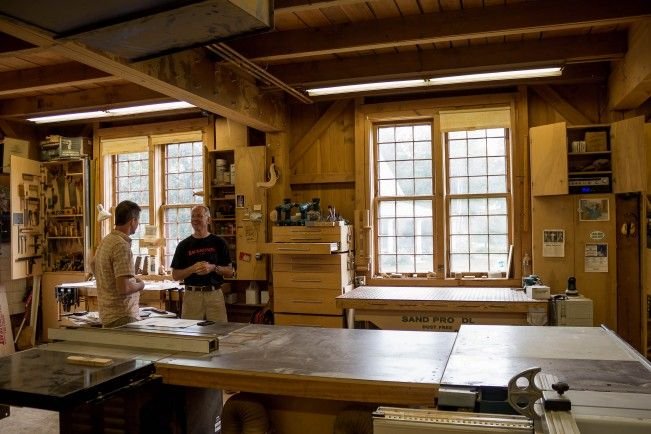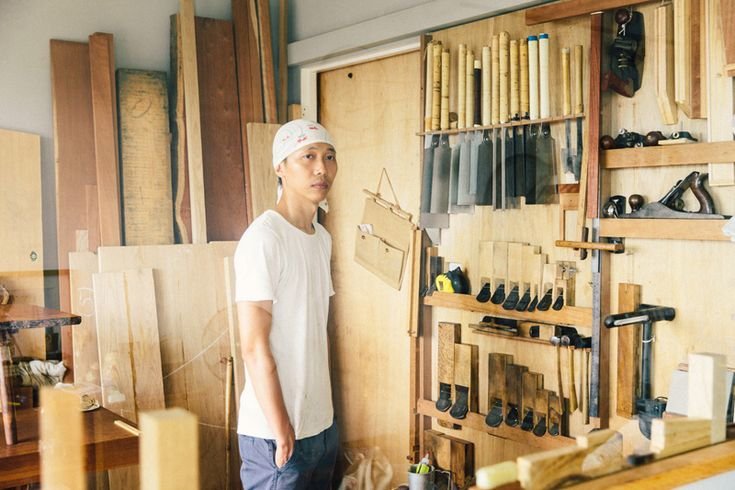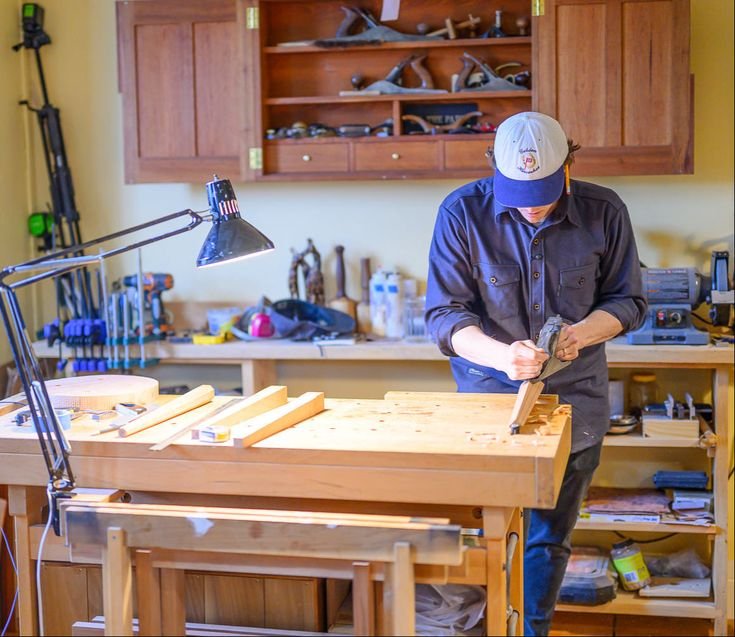A Glimpse into Glue: Lessons from My Woodworking Adventures
You know, there’s something about spending a Saturday afternoon in the garage, sawdust floating around, the smell of fresh-cut wood mixing with the faint scent of motor oil from my old toolbox. I can still feel that sense of excitement, but also the lurking fear of messing something up. A while back, I got all ambitious with a woodworking project—a rustic coffee table—aiming to impress my wife, Anna. Let’s just say, the glue saga is one I won’t forget anytime soon.
The Big Idea
So, there I was, rocking a cup of black coffee, ambitious ideas swirling in my head. I could see the finished table in my mind: smooth, sturdy, and just the right touch of farmhouse charm. I headed to the local hardware store, a cozy little shop with creaky floorboards and an aisle that smelled like sawdust and promise. I decided I needed the best glue money could buy, so I figured, “Hey, I’ve heard about Titebond III being the go-to for woodworkers.”
Now, here’s where I should have slowed down. You see, I’d barely scratched the surface of knowing what I was getting into, but I thought, “How tough can it be?” Famous last words, right? Anyway, I grabbed a bottle of Titebond and strutted home like I was carrying a golden trophy.
The Great Glue Blunder
With my mind off in the clouds, I prepped my pieces—some pine and oak I’d scrounged up. The sound of the sander humming as I smoothed out the edges was music to my ears. But when it came time to slap the glue on, I think I may have overestimated my enthusiasm. I squeezed a generous amount, but instead of a fine line, I ended up with what looked like a glue-glazed donut. I mean, it was a mess, and I almost panicked.
I gave it a little too much pressure when I clamped it, and the excess glue oozed out the sides like frosting on a cake. Annoyed, I wiped off the drips, but in my flustered state, I forgot to follow the instructions on the bottle—namely, about the drying time. Spoiler alert: I didn’t let it set long enough before I started moving things around.
The Dismantle Drama
It was a few hours later, and I stood there feeling proud of my craftsmanship—at least for a moment—until I took a closer look. There it was, the glaring imperfection: one corner had come undone. If I could have crawled into a hole and disappeared, I would have. “Ugh, how did I mess that up?” I thought.
I almost gave up right then. You know how it is, that stubborn feeling of wanting to quit and just let it all go. But then Anna walked in, coffee mug in hand, and said something so simple: “Why don’t you just try re-gluing it?” I laughed; it was a brilliant idea I’d overlooked in my fury. So, I took a deep breath, and decided, “Fine, I can do this.”
A Reset and New Insights
I clamped it again and watched the glue—still a little too much, but hey, I was learning—seep out. I wasn’t about to get fancy or try to overthink it this time. That bottle of glue took on a whole new meaning: it felt like a pathway to creativity instead of just an adhesive.
I finally let it dry overnight, with the garage quiet except for the distant sound of crickets. In a world that’s always rushing, there was something calming about just having to wait. When I took the clamps off the next day, I felt that rush of victory as the pieces held together. I almost did a happy dance right then and there! It was one of those “ha, it actually worked!” moments that I live for.
The Learning Curve
But lessons, my friend, don’t stop there. A few weeks later, I decided to tackle a birdhouse—a smaller project that I thought might be easier. I was still riding high on the coffee table success, but this time, I thought I could skimp on glue. Big mistake! I tried out some quick-dry stuff, thinking I could save time. The wood was balsa, and I’ll tell you, that cheap glue didn’t stand a chance. The birdhouse looked fantastic but lasted about…oh, two minutes out in the yard before it fell apart. It crumbled in front of a couple of real neighbors who were walking by. Talk about embarrassing!
Finding My Footing
Eventually, I found a rhythm—just like learning to ride a bike. When it comes to glue, I realized every project needed its own approach. Titebond III became my trusty sidekick, and I started experimenting with epoxy for outdoor projects. That stuff is serious adhesive—like, “hold your socks on” strong. The smell of it, though? Phew! Like a really intense chemical cocktail. But the results? Worth it.
Those projects turned out well, solid and sturdy, and sure, there might’ve been a few more messes along the way, but what’s life without a little trial and error?
A Little Encouragement
So, if you’re thinking about diving into woodworking, just go for it. Grab that glue, mix your woods, and don’t be afraid to mess things up! There’s joy in figuring it out, and trust me, those little victories are golden. Just remember: every mistake is a stepping stone to something better—like that sturdy, beautiful piece you’ve always envisioned. And hey, if you find yourself standing in front of your work, coffee in hand, with a swirl of doubts, just embrace it. It’s all part of the journey.










